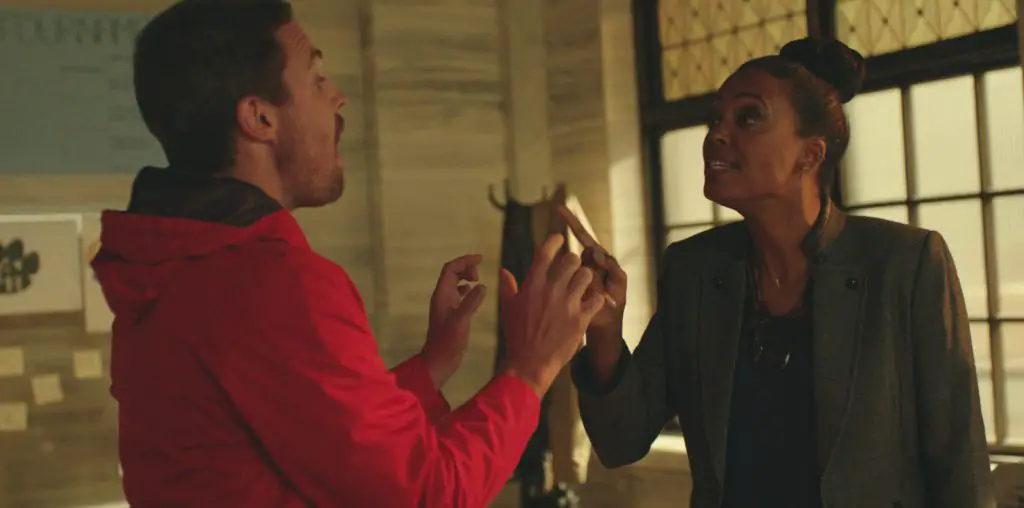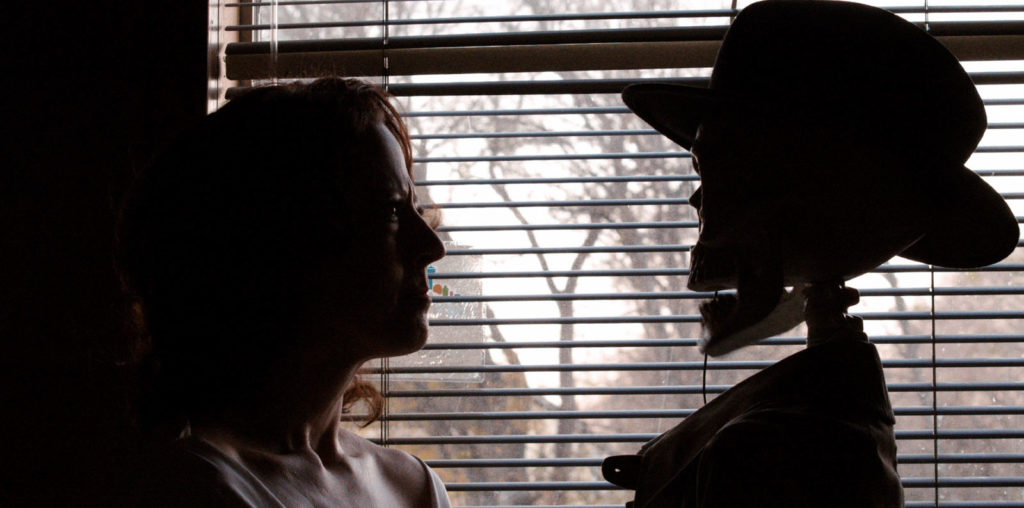
If Disney’s 1950 animated favorite “Cinderella” proved that “a dream is a wish your heart makes,” then “Cinderella II: Dreams Come True” proves that a nightmare is a wish a studio’s wallet makes. In their latest direct-to-video attempt to cash in on a movie classic, Disney proves all too painfully why fairy tales end with “happily ever after” instead of “to be continued.”
There’s no convincing reason for “Dreams Come True” to exist–a fact that appears to not be lost on the filmmakers themselves, for they’ve barely come up with enough story to fill up 73 depressing minutes (including credits). The film is really a collection of three short vignettes that take place in the “Cinderella” universe after the ending of the original film, strung together by a weak framing device where Cinderella’s mice friends make a storybook with the help of the fairy godmother. Cinderella is the main character in only one segment–the shortest and weakest one at that– which speaks volumes. Her story is a boring bit where she shakes up the royal status quo by inviting commoners to a palace gala she has to arrange. Parties also figure prominently in the two other stories: in the second, one of her mice friends is given the chance to live as a human thanks to the fairy godmother; in the third, Cinderella’s stepsister Anastasia falls in love with a common baker, much to dismay of the gold-digging wicked stepmother.
Along the way, the viewer is “treated” to Saturday morning-level animation and forgettable new songs–including a truly horrifying end credits dance pop revamp of “Bibbidi Bobbidi Boo”–warbled by “teen sensation” Brooke Allison. (Never heard of her? Join the club; she’s not even Hoku, let alone Britney, on the ladder of teen pop prominence.) So one looks to the stories to for something, anything of interest, but there just lies more boredom. That each of these stories lead to predictable conclusions isn’t so much a problem than the fact that they all lead to the *same* conclusion: be true to yourself–keep it real, if you will. If only the studio heeded the same advice and left well enough alone, leaving the magic of the original “Cinderella” untainted.

